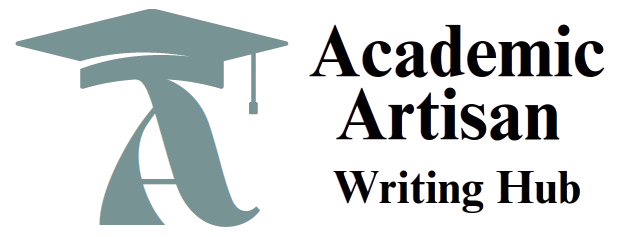WhatsApp Number: +1(249) 265-0080
Mass Incarceration Effects
Explain how mass incarceration and differential opportunity structures influence “Coerced Mobility Theory”?
Do you believe conflict theories have more or less relevance today? Why or why not?
Check our essay writing services here
Mass Incarceration Effects
1. How Mass Incarceration and Differential Opportunity Structures Influence “Coerced Mobility Theory”
Coerced Mobility Theory was introduced by criminologist Todd Clear. The theory argues that forced removal of large numbers of individuals—especially through mass incarceration—from impoverished neighborhoods disrupts social networks and community structures, leading to higher crime rates and weakened informal social control.
Influence of Mass Incarceration:
Mass incarceration is a central mechanism in coerced mobility. It removes primarily young, minority males from high-crime urban neighborhoods at disproportionately high rates. While incarceration is intended to reduce crime by incapacitating offenders, Coerced Mobility Theory suggests it may have the opposite effect on communities because:
-
It destabilizes families (e.g., through father absence).
-
It disrupts local economies, reducing household incomes.
-
It breaks down community cohesion and collective efficacy, weakening the informal social control necessary to prevent crime.
-
It increases recidivism, as returning individuals face stigma, unemployment, and lack of support.
Influence of Differential Opportunity Structures:
Differential opportunity structures refer to the inequal access to legitimate means (like education, employment) and greater exposure to illegitimate means (like gangs or street crime) based on social class, race, and geography. When individuals—especially youth—lack access to upward mobility, incarceration becomes a cyclical pathway. For example:
-
Individuals in marginalized neighborhoods face blocked legitimate opportunities.
-
This increases reliance on illicit economies.
-
As a result, they are more likely to be incarcerated, fueling the cycle of coerced mobility.
Thus, mass incarceration and limited opportunities together amplify the
negative effects predicted by Coerced Mobility Theory: reduced social capital, increased instability, and higher rates of crime and poverty.
2. Do You Believe Conflict Theories Have More or Less Relevance Today? Why or Why Not?
Conflict theories, especially those rooted in the works of


